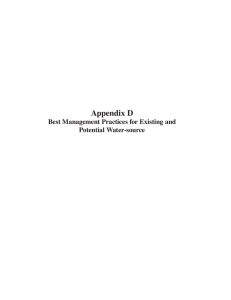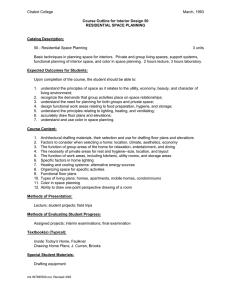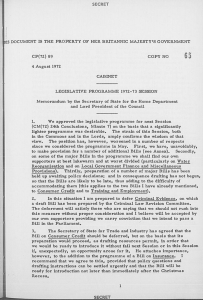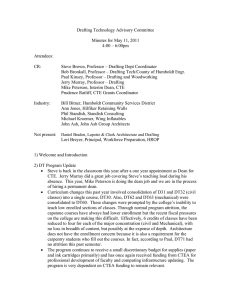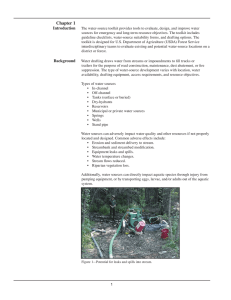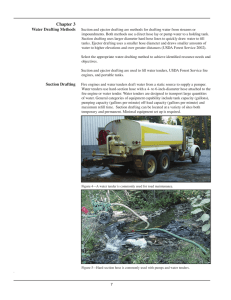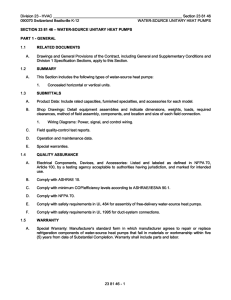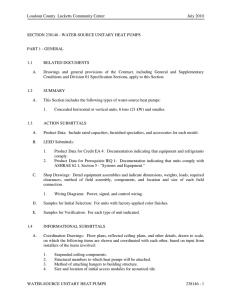Chapter 2 How To Evaluate Existing and Potential Water-source Locations
advertisement
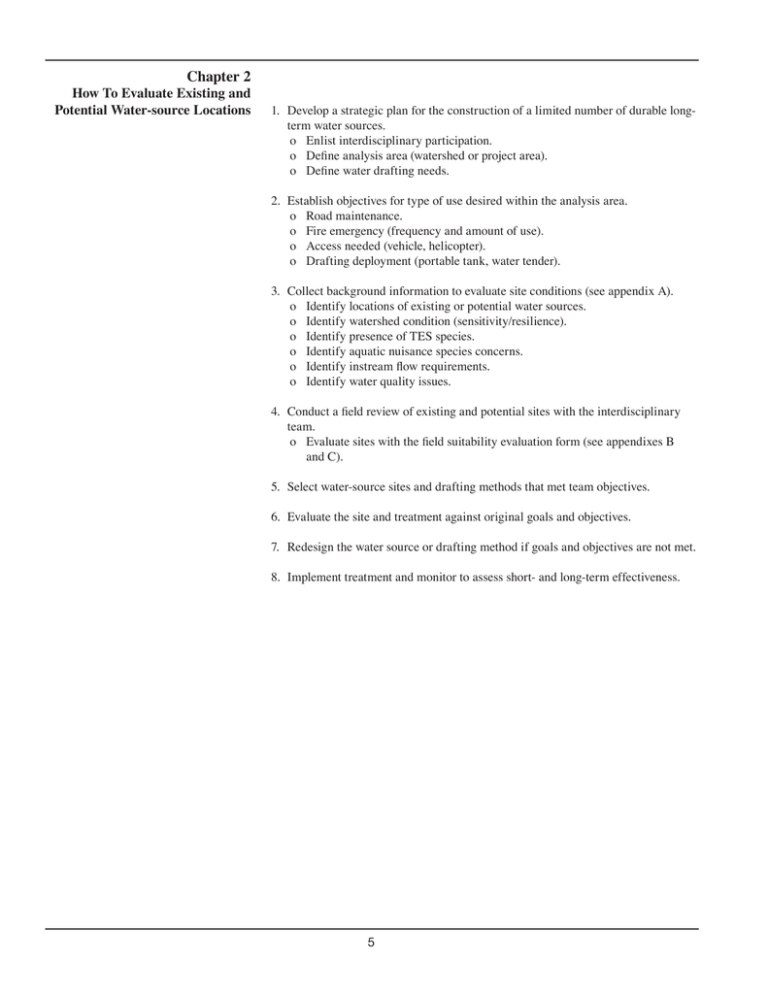
Chapter 2 How To Evaluate Existing and Potential Water-source Locations 1. Develop a strategic plan for the construction of a limited number of durable longterm water sources. o Enlist interdisciplinary participation. o Define analysis area (watershed or project area). o Define water drafting needs. 2. Establish objectives for type of use desired within the analysis area. o Road maintenance. o Fire emergency (frequency and amount of use). o Access needed (vehicle, helicopter). o Drafting deployment (portable tank, water tender). 3. Collect background information to evaluate site conditions (see appendix A). o Identify locations of existing or potential water sources. o Identify watershed condition (sensitivity/resilience). o Identify presence of TES species. o Identify aquatic nuisance species concerns. o Identify instream flow requirements. o Identify water quality issues. 4. Conduct a field review of existing and potential sites with the interdisciplinary team. o Evaluate sites with the field suitability evaluation form (see appendixes B and C). 5. Select water-source sites and drafting methods that met team objectives. 6. Evaluate the site and treatment against original goals and objectives. 7. Redesign the water source or drafting method if goals and objectives are not met. 8. Implement treatment and monitor to assess short- and long-term effectiveness. 5
